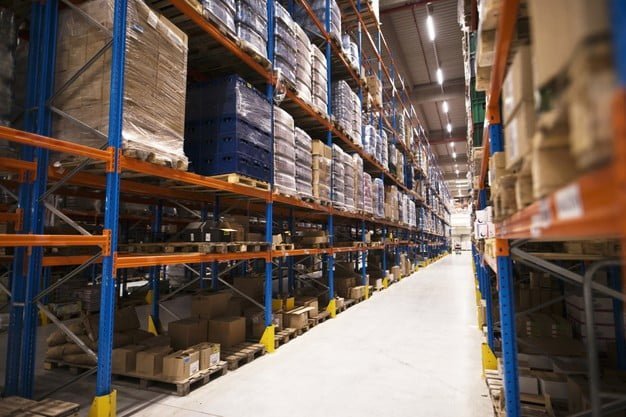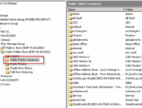3 Ways to Better Manage a Warehouse
by Arina Smith Uncategorized Published on: 26 February 2021 Last Updated on: 01 September 2022

Good warehouse management is primarily about good stock control but, in addition, there are other ways to ensure its smooth management. This article will consider the different aspects of warehouse management to better understand where improvements can be made. Improving efficiency in terms of goods inwards and outward improves cashflow and will inevitably result in greater profitability for a business.
Stock Control System:
It is first necessary to decide on the order of stock that you want coming into and out of the warehouse. Also, the timings of goods coming in versus goods going out again. Different businesses will benefit from different approaches. For instance, a food store will not want to keep its stock in the warehouse for too long where perishable goods are concerned. A Just in Time (JIT) system is best in this instance. The alternative is a First In, First Out (FIFO) system that will ensure the oldest stock is moved or distributed first. This is necessary where the stock has a “sell by” or “use by” date. When it does not matter how long stock is stored, for convenience, the Last In, First Out (LIFO) system may be used, as this will mean that stock does not have to be moved around the warehouse so often, saving on working hours. Although, from time-to-time, the stock will need to be reviewed where it has stayed in place for any length of time, as it may be that an updated model is due out soon that will make it obsolete, or at least less valuable a product to sell. In any case where you need to move stock from a high location, using stairway ladders and platforms is the safest way to fetch the stock you need.
Inventory:

Computerized inventory systems can be a better way to manage large volumes of stock, and frequent deliveries, as goods can be swiped in and out quickly without needing to be manually recorded. The advantage of a computerized system is that you can easily see what stock is in the warehouse at any one point in time and eliminate the chance of illegible writing having recorded it differently in the eyes of a fellow worker. Anyway, it simply is not time efficient to check the contents of every single box when it can be quickly ascertained by the swiping of a barcode or similar label, for computer-based identification. It is about saving a worker’s time and therefore reducing the company’s wage bill.
Anyone a business trades with will also appreciate a computerized inventory system because they can provide an immediate answer as to whether something wholesale is in stock and available to buy, along with when they can expect the next delivery, and in what quantity.
In terms of inventory systems, there are three different types that are generally used: manual, periodic, or perpetual. Moving down this list, although the complexities and technological requirements increase, so does the accuracy and efficiency of these systems improve.
Health and Safety:
When boxes are heavy and awkward to handle, or more importantly difficult to reach inside a warehouse, it can be far easier to swipe a label than to try and access the box to see just what its contents are. It is a matter of health and safety not to have staff using unnecessarily potentially dangerous equipment to retrieve stock just to count it when it was not possible the previous day because of loading it in to the warehouse in time before dark. In this respect, warehouse safety has been improved immeasurably. Workers can feel safe in the knowledge that the technology is protecting them from the harm of unnecessary jobs. It safely improves speed, too, so there is no reason not to adopt a computerized system of stock control where stock input and output are recorded instantly and in real-time. The whole system can be viewed as an investment in health and safety as much as it is one that invests in future profits.
To conclude, a warehouse can be managed through a well-worked out system of stock control, a computerized inventory system that allows for real-time control of stock numbers, and health and safety is considered in respect of boxes that staff has no need to re-handle when their contents can quite easily be ascertained using computerized inventory systems.
Read Also:







































































































